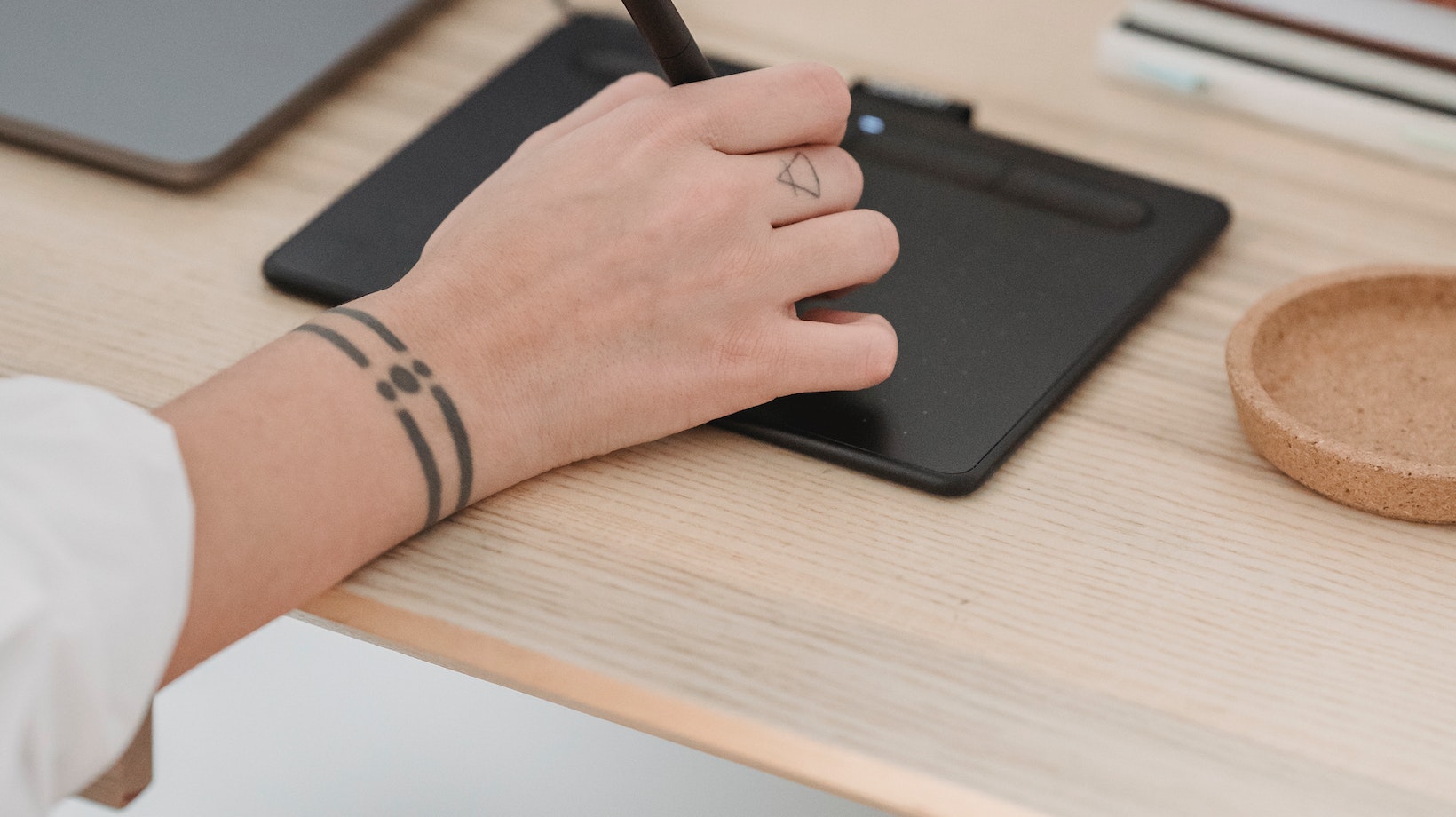Are you looking to add some dynamic movement to your illustrations? If so, learning how to make a GIF in Illustrator can be a game-changer. With its powerful vector-based tools and animation capabilities, Illustrator offers a versatile platform for creating captivating GIFs that can enhance your digital projects.
One of the key advantages of using Illustrator for creating GIFs is its ability to work with scalable vector graphics. This means that your GIFs will retain their crispness and clarity regardless of their size or resolution. Whether you’re designing for web or print, Illustrator ensures that your animated elements look sharp and professional.
Table of Contents
ToggleHow to Create a GIF in Illustrator
When it comes to creating a GIF, finding the right software can make all the difference. With numerous options available, each with its own set of features and capabilities, it’s essential to explore your choices before diving in. In this section, we’ll delve into different software options, consider their features and capabilities, and compare user-friendly interfaces.
Exploring Different Software Options
To begin your journey towards creating captivating GIFs, you’ll want to familiarize yourself with the various software options available. Some popular choices include:
- Adobe Illustrator: A versatile vector graphics editor that allows for precise control over shapes and animations.
- Photoshop: Known for its photo editing capabilities, Photoshop also offers powerful animation tools suitable for crafting engaging GIFs.
- GIMP: An open-source image editing software that provides robust tools for creating animated GIFs.
Considering the Features and Capabilities
As you evaluate different software options, it’s crucial to consider their features and capabilities. Look for key functionalities such as:
- Layer support: This allows you to organize elements within your GIF more efficiently.
- Animation timeline: A visual representation of frames that enables seamless transitions between them.
- Export settings: Ensure that the software offers flexible export settings to optimize your final GIF according to size or quality requirements.

Comparing User-Friendly Interfaces
In addition to functionality, user-friendliness is an important aspect when choosing a software tool for creating GIFs. The interface should be intuitive and easy-to-navigate so that even beginners can quickly grasp its workings. Consider factors like:
- Menu layout: Is it organized logically, making it easy to find and access the necessary tools?
- Tool accessibility: Are commonly used features readily available or hidden behind multiple clicks?
A software with a user-friendly interface can streamline your workflow, allowing you to focus on creating stunning GIFs without getting bogged down by complex menus or confusing settings.
Remember that finding the right software ultimately depends on your personal preferences and requirements. Take the time to experiment with different options, explore their features, and choose the one that aligns best with your creative goals.
Exporting your GIF from Illustrator
So you’ve created a stunning animation in Adobe Illustrator, and now it’s time to export it as a GIF file. Don’t worry, the process is quite simple! Just follow these steps to convert your artwork into an eye-catching GIF that can be easily shared and enjoyed.
First, make sure you have completed all the necessary adjustments and edits to your animation in Illustrator. Double-check that the timing, transitions, and overall design are exactly how you want them. It’s always best to fine-tune everything before exporting.
Once you’re satisfied with your artwork, navigate to the “File” menu at the top of the Illustrator window. From there, select “Export” and choose the option for “Save for Web (Legacy)” or “Export for Screens,” depending on which version of Illustrator you’re using.
In the export dialog box that appears, ensure that GIF is selected as the file format. You’ll also find various settings available to customize your GIF further. Play around with options like dithering, color reduction, and transparency until you achieve the desired result.
Before finalizing the export process, take a moment to preview your GIF by clicking on the “Preview” button within the dialog box. This will give you a glimpse of how your animation will look once converted into a GIF format.
Once you’re ready, hit that magical “Export” button! Choose a suitable location on your computer where you’d like to save your newly-created GIF file. Give it an appropriate name so it’s easy for others to identify what it represents.
Remember, testing and optimizing your GIF may involve some trial and error until you achieve the desired results. Take into account user feedback and monitor analytics data to continuously refine your approach.






